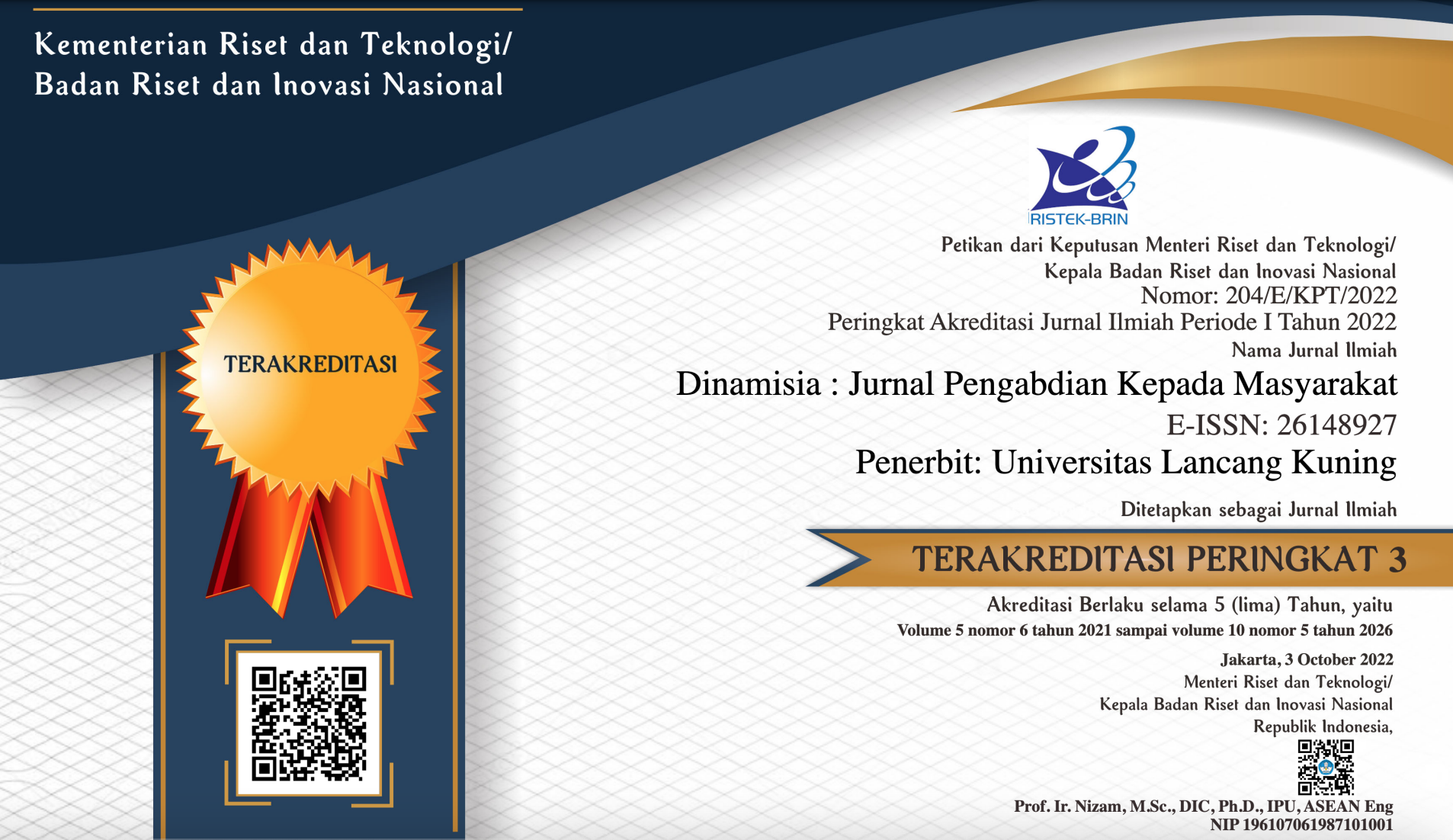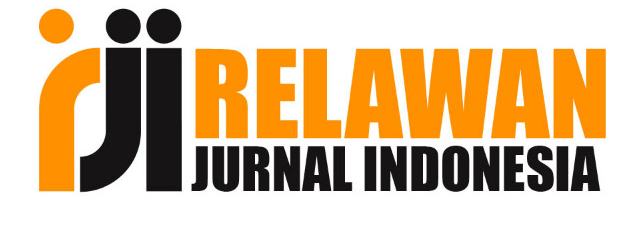Pendalaman Konsep Geometri dan Pembuatan Media Pembelajaran Bagi Guru-Guru SD Kota Soe
Abstract
This Activities is based on the previous analyzes about the performance of teachers in understanding geometry concepts. These results reveal facts about the difficulty of teachers in understanding and teaching geometry conceptually. Based on these findings, the aims of these activities were of deepening understanding of concepts and training teachers to teach geometry conceptually. This activity is focused on five sub-activities, namely: a) refreshment of geometrical concepts; b) repaired teacher’s misconceptions about geometry; c) reinforcement of teachers' understanding of the concept of geometry; d) enrichment; and e) the making and practice of using instructional media to overcome the difficulties of teachers in teaching conceptual geometry to their students conceptually. This activity went well, seen from the presence of the teachers to participate in activities that exceeded the initial target and based on the questionnaire distributed, 88.5% of participants stated that they were satisfied with this activity.
Downloads
References
Aditya, P. T. (2018). Pengembangan Media Pembelajaran Matematika Berbasis Web Pada Materi Lingkaran Bagi Siswa Kelas Viii. Jurnal Matematika Statistika Dan Komputasi, 15(1), 64. https://doi.org/10.20956/jmsk.v15i1.4425
Barmby, P., Harries, T., Higgins, S., & Suggate, J. (2007). How can we assess mathematical understanding? Proceedings of the 31st Conference of the International Group for the Psychology of Mathematics Education, 2, 41–48.
Cai, J., & Ding, M. (2015). On mathematical understanding: perspectives of experienced Chinese mathematics teachers. Journal of Mathematics Teacher Education, 18(5), 5–29. https://doi.org/10.1007/s10857-015-9325-8
Cockett, A., Kilgour, P. W., Cockett, A., & Kilgour, P. (2015). Mathematical Manipulatives : Creating an Environment for Understanding , Efficiency , Engagement , and Enjoyment Mathematical manipulatives : Creating an environment for understanding , efficiency , engagement , and enjoyment. Teach Collection of Christian Education, 1(1), 47–54.
Eriana, Kartono, & Sugianto. (2019). Understanding Ability of Mathematical Concepts and Students’ Self-reliance towards Learning by Implementing Manipulative Props (APM) on Jigsaw Technique. Journal of Primary Education, 8(2), 176–183.
Fatqurhohman, & Fatqurhohman. (2016). Transition Process of Procedural to Conceptual Understanding in Solving Mathematical Problems. International Education Studies, 9(9), 182. https://doi.org/10.5539/ies.v9n9p182
Kontas, H. (2016). The Effect of Manipulatives on Mathematics Achievement and Attitudes of Secondary School Students. Journal of Education and Learning, 5(3), 10. https://doi.org/10.5539/jel.v5n3p10
Laswadi, Kusumah, Y. S., Darwis, S., & Afgani, J. D. (2016). Developing conceptual understanding and procedural fluency for Junior High School students through model-facilitated learning (MFL). European Journal of Science and Mathematics Education, 4(1), 67–74. Retrieved from http://libproxy.library.wmich.edu/login?url=https://search.proquest.com/docview/1826544232?accountid=15099
Mawaddah, S., & Maryanti, R. (2016). Kemampuan Pemahaman Konsep Matematis Siswa SMP dalam Pembelajaran Menggunakan Model Penemuan Terbimbing (Discovery Learning). EDU-MAT: Jurnal Pendidikan Matematika, 4(1), 76–85. https://doi.org/10.20527/edumat.v4i1.2292
Minarni, A., Napitupulu, E. E., & Husein, R. (2016). Mathematical understanding and representation ability of public junior high school in North Sumatra. Journal on Mathematics Education, 7(1), 43–56. https://doi.org/10.22342/jme.7.1.2816.43-56
NCTM. (2000). Principles and Standards and for School Mathematics. United States of America: The National Council of Teachers of Mathematics, Inc.
Novitasari, D. (2016). Pengaruh Penggunaan Multimedia Interaktif Terhadap Kemampuan Pemahaman Konsep Matematis Siswa. FIBONACCI: Jurnal Pendidikan Matematika Dan Matematika, 2(2), 8. https://doi.org/10.24853/fbc.2.2.8-18
Reid, M., & Reid, S. (2017). Learning to be a math teacher: What knowledge is essential? International Electronic Journal of Elementary Education, 9(4), 851–872.
Williams, H. R. A. (2011). A conceptual framework for student understanding of logarithms (Brigham Young University). Retrieved from https://scholarsarchive.byu.edu/etd/3123
Yusof, J., & Lusin, S. (2013). The role of manipulatives in enhancing pupils’ understanding on fraction concepts. International Journal for Infonomics, 6(3/4), 750–755. https://doi.org/10.20533/iji.1742.4712.2013.0087



















